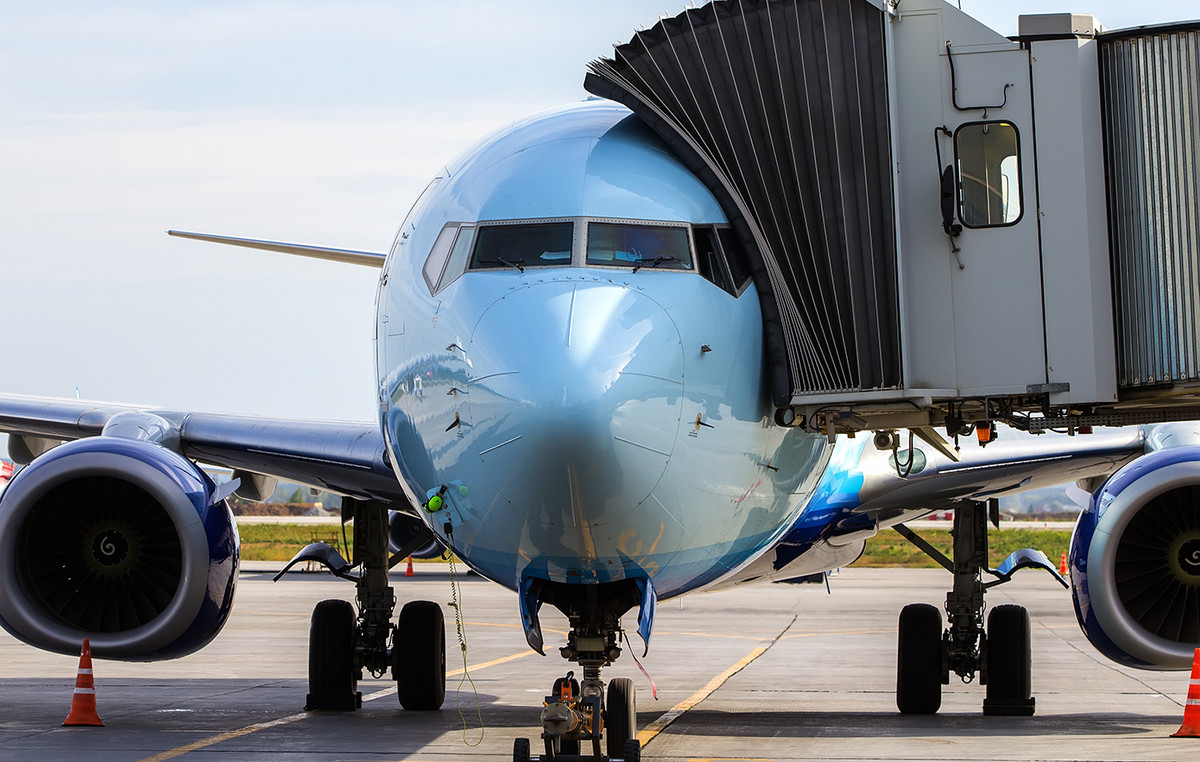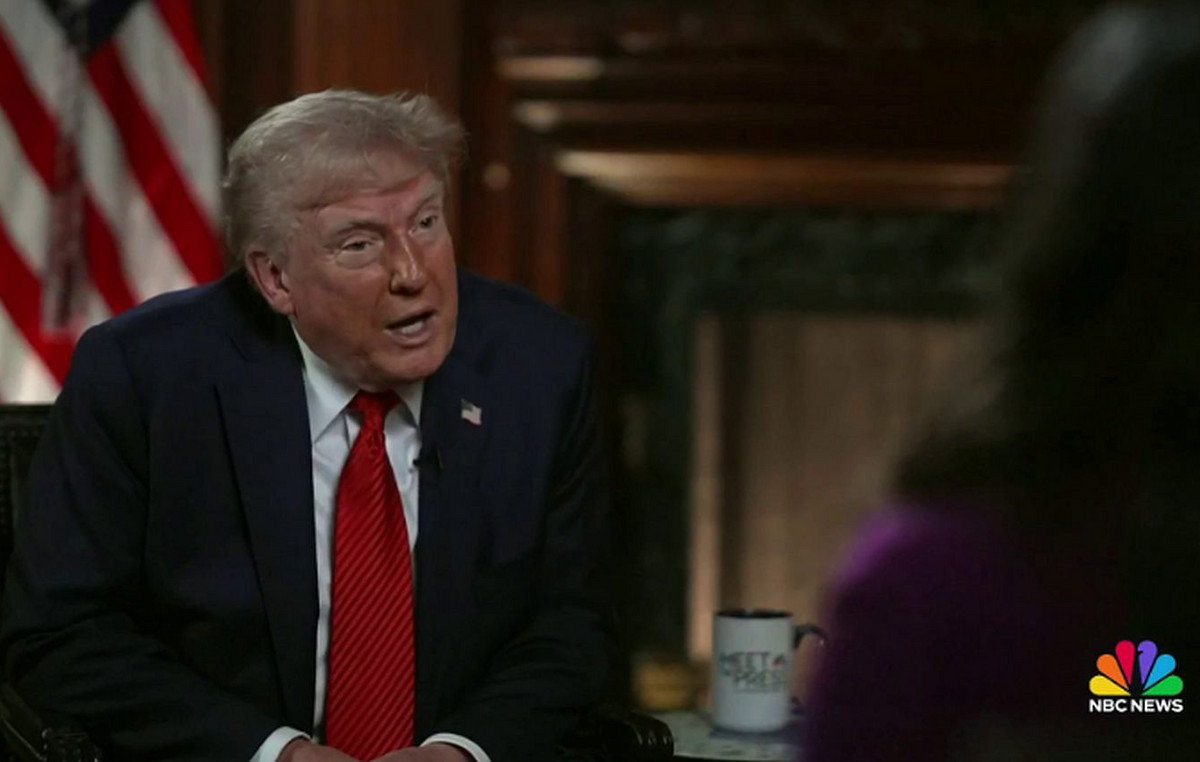In 2009, after Twitter was sued by the then manager of St. Louis Cardinals (US baseball team), Tony La Russa, for being represented on the platform, the then young company introduced a new feature: a blue and white checkmark.
The verification indicated that Twitter had verified the accounts of artists, athletes, government officials and agencies, and other public figures. The option, which began with plans to check the Centers for Disease Control and Prevention, was touted as protection for individuals at risk of having their accounts fraudulently impersonated and as a benefit to all users – a means of letting people know that can trust the information being shared by prominent figures.
It soon became one of the platform’s signature features, copied by rivals like Facebook, and created a new kind of cultural stamp for those who received it. Now, new Twitter owner Elon Musk is looking to overhaul the way verification works, with the potential to not only change who gets a coveted blue checkmark, but also create new headaches for users when identifying false and fraudulent activities on the platform.
Musk confirmed this week that he’s working to roll out an updated version of the company’s Twitter Blue subscription service, where any user can pay $8 a month to get or stay verified.
The world’s richest man also used populist language, framing the move as a way to break “the current system of lords and peasants on Twitter for who has a blue checkmark and who doesn’t.”
If users buy in, the plan could be a new revenue generator for Twitter, something Musk needs after his $44 billion takeover of the company, which was partially financed with debt.
He also suggested that verifying more real human users could help address the prevalence of fake and spam accounts that he worried about during his months of struggling to get out of the takeover deal.
The logic seems to go something like this: by requiring users to pay for verification, using a bank account or credit card, this would create a greater barrier to entry for inauthentic accounts. Musk said in a tweet Wednesday that if accounts verified under his new system engage in “spam/scam/identity spoofing, they will be suspended, but Twitter will keep your money!”
And he said he would create a separate tag that would appear under the name of public figures, similar to how Twitter already identifies government officials and representatives of state-owned media organizations.
But the move could discourage certain prominent accounts from being verified, making it harder for users to determine which ones are authentic. It’s also unclear whether this will prevent inauthentic and bot activity.
“This is actually making Twitter a pay-for-play system, and we know that propagandists, people who work to spread disinformation and other forms of manipulation via Twitter, are very willing and able to fund their operations,” said Samuel Woolley, an assistant professor at the University of Texas School of Information and author of the book “Bots.”
“Most of the propagandists that social media companies are most concerned about, like the Russian government, the Chinese government, extremist groups, have a lot of resources,” he said.
Currently, Woolley said, to overcome Twitter’s verification requirement that users link a cell phone number to their account, bad actors “will buy thousands of smartphones and put them on racks, and that’s a much more expensive effort than to pay an $8 verification fee.”
In theory, a person can also pay to verify an account and allow a computer to run it, effectively creating an automated verified account (or “bot”).
There may be other complicating factors. Users may be concerned about handing their bank or credit card information to a company that allegedly has major security vulnerabilities, according to a company whistleblower complaint from just a few months ago.
In many parts of the world, people do not have immediate access to banking services. And many regular Twitter users who aren’t worried about being impersonated and don’t care about Twitter’s “influence” might also just not care about cashing a blue check.
It is also unclear what would prevent someone from creating and paying to verify an account by fraudulently impersonating someone else, thus undermining the original purpose of the feature. It’s not hard to imagine someone paying to verify themselves as a customer support agent for a particular company and then using the credibility that comes from having a blue mark to trick unsuspecting customers.
Twitter did not immediately respond to questions about the plan, including how it would prevent such imitation.
Musk said his goal in buying Twitter is to enforce “freedom of speech,” but some fear the new subscription option could create a two-tier speech system based on who can and can’t pay.
With the new plan, for example, subscribers would have priority on responses, mentions and surveys, as well as the ability to post longer video and audio content and receive half of users’ ads free, according to Musk.
“You’re really saying that the free speech of people who pay is more important than the freedom of speech of people who can’t,” said Jessica Gonzales, co-CEO of Accountability at Media Free Press, who was part of a group of civil organizations. “I actually told him that I think $8 a month is highly problematic.”
The proposed signature update was criticized by several high-profile Twitter users, including author Stephen King and Representative Alexandria Ocasio Cortez. “Lmao on a billionaire seriously trying to sell people the idea that ‘free speech’ is actually an $8/month subscription plan,” Ocasio Cortez said in a tweet Wednesday.
On Wednesday, Musk hit back at critics of the plan, saying in a tweet: “To all claimants, please keep claiming, but it will cost $8.”
* CNN’s Jennifer Korn contributed to this story.
Source: CNN Brasil
Joe Jameson, a technology journalist with over 2 years of experience, writes for top online news websites. Specializing in the field of technology, Joe provides insights into the latest advancements in the industry. Currently, he contributes to covering the world stock market.







